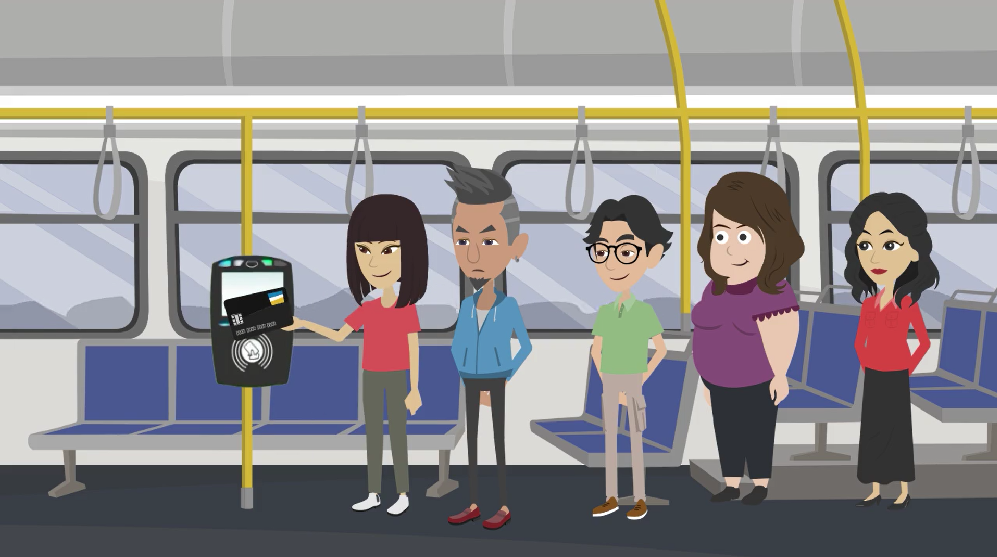
02 Sep The Future of Public Transit Payments
The pandemic has pushed us to go contactless. According to the studies it is said that the virus can persist on the surfaces of objects like metal, glass, or plastic for up to three days depending on the condition.
We can try to avoid contact in most cases, but there are conditions in which we can not completely avoid contact, such as picking up packages and paying while traveling in public transport.
Traditional Payment Methods During the Pandemic
Many people still use cash to pay for public transport services. The cash carries a lot of germs with it and it moves throughout from people to people. It can cause the spread of diseases quickly. We use touch systems, such as touchscreens or keypads on ATMs, POS terminals, and ticket vending machines. Normally, we handover payment cards to cashiers and drivers. Hence, all these methods of payments cause the spread of bacteria and viruses through the exchange of cash.
We make payments every day and it doesn’t matter what payment methods we choose. We always pay using different methods as the situation demands. Payment terminals are touched by hundreds of people in quick succession. Cash is transferred in a different hands-on regular basis. Therefore, there are thousands of transactions that can spread coronavirus.
This has played a significant role in spreading the coronavirus massively. This concern allowed us to shift to contactless payment methods.
The Shift to Contactless Payment Methods
Due to pandemic, we all have been in a condition to avoid contacts strictly. We all need to wash hands regularly, avoid touching face, particularly after touching high contact surfaces in public places. Hence, it also includes cash and other physical payment methods.
It is not always possible to wash hands as many places do not have proper hand washing facilities and in most cases, there are no hand-washing facilities at all. There are also no adequate supplies of hand sanitizers in many workplaces or public places. Unfortunately, this is the case for almost all the bus drivers around the world.
The concern for the safety of drivers has grown enormously, because of the pandemic in 2020. The authorities have banned cash handling by bus drivers. Many agencies have gone for suspending fares to negate cash handling or fare enforcement because there are no card validators at vehicle rear doors where passengers are boarding.
Cashless Transit System Has Many Benefits
The cashless payment methods are immensely beneficial for cashless transit systems. Besides, cashless methods have significant benefits that are imperative and can help us improve in everyday life.
- Labor time savings
- Time savings in banking, transits, and retail transactions
- Float savings
- Savings from avoidance of late payment fees
- Savings from reduced crime
- Increased convenience
- Improved budgeting and expense tracking
- Efficient and personalized customer service
- Better data to build credit profiles
- Reduced theft and pilferage
- Savings from reduced float times and costs
- Potential for greater sales through digital channels
- Better data to improve customer service
No Comments